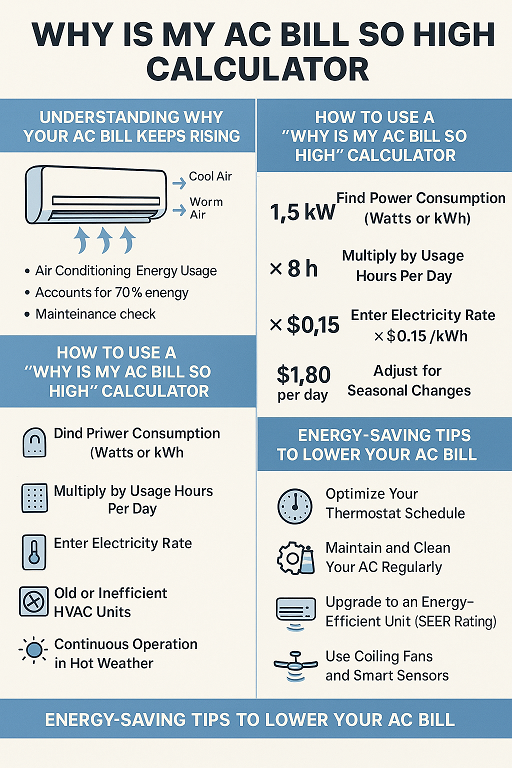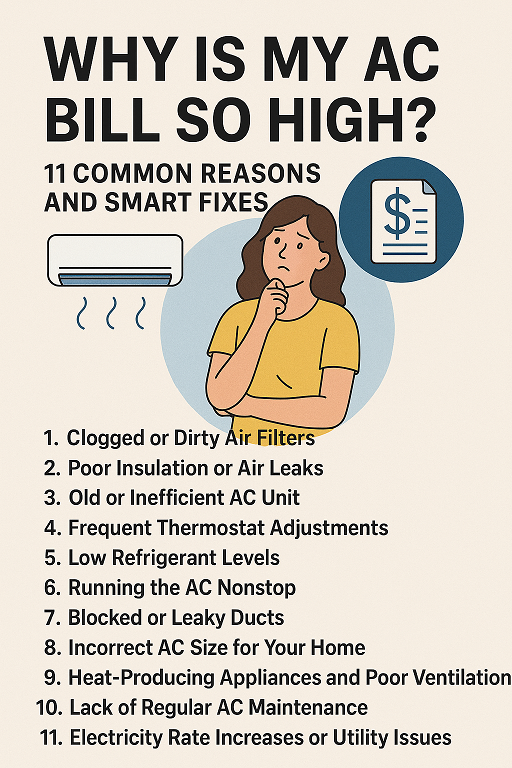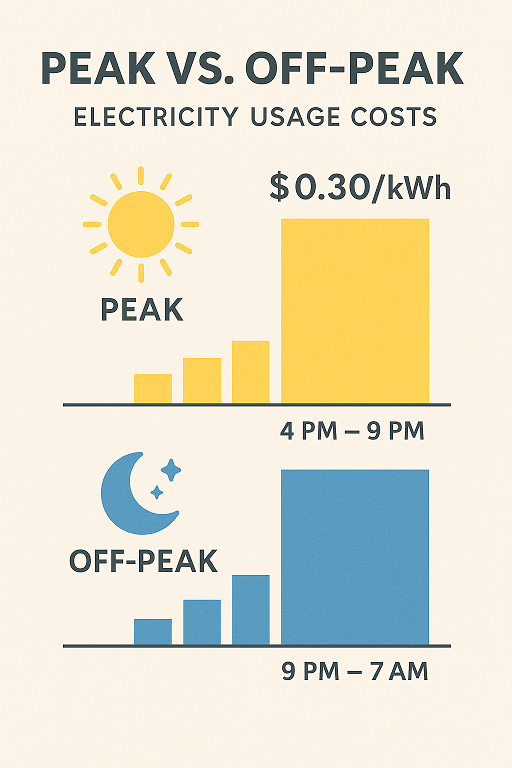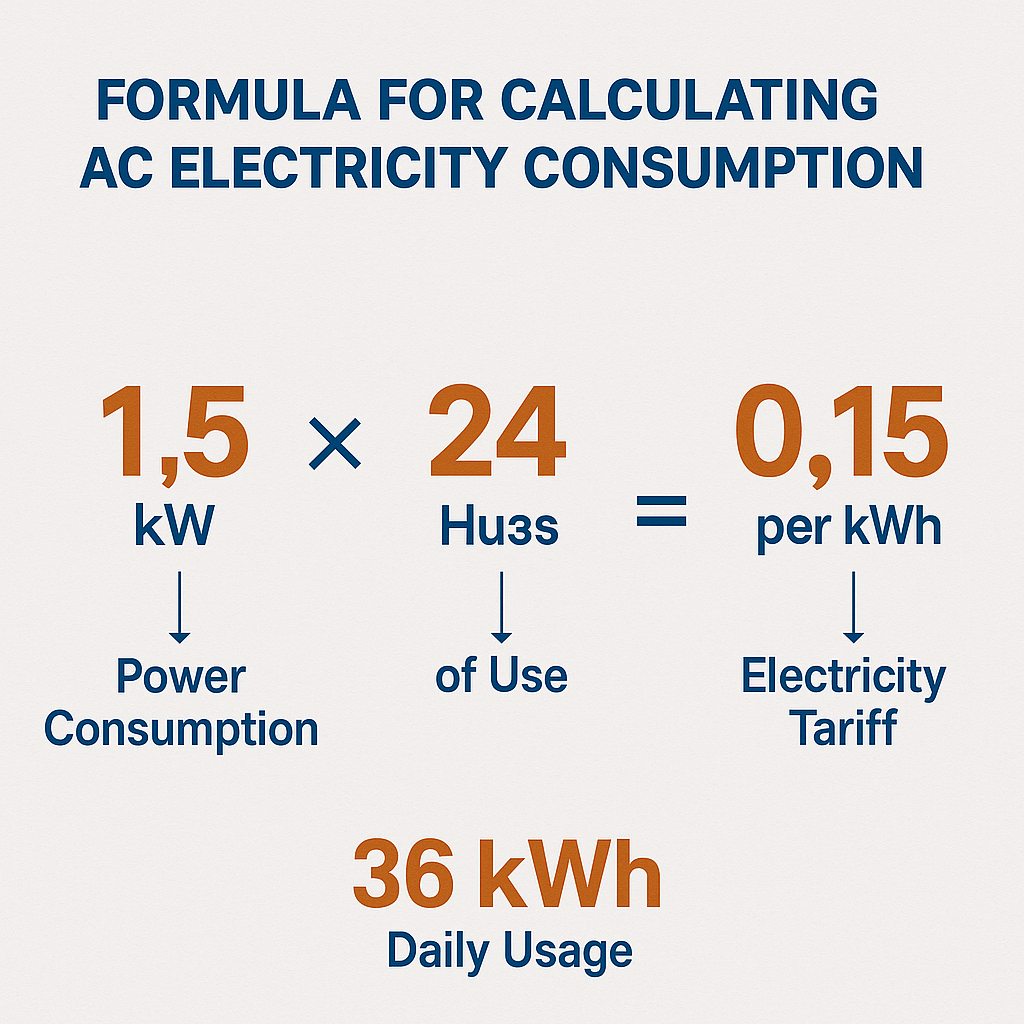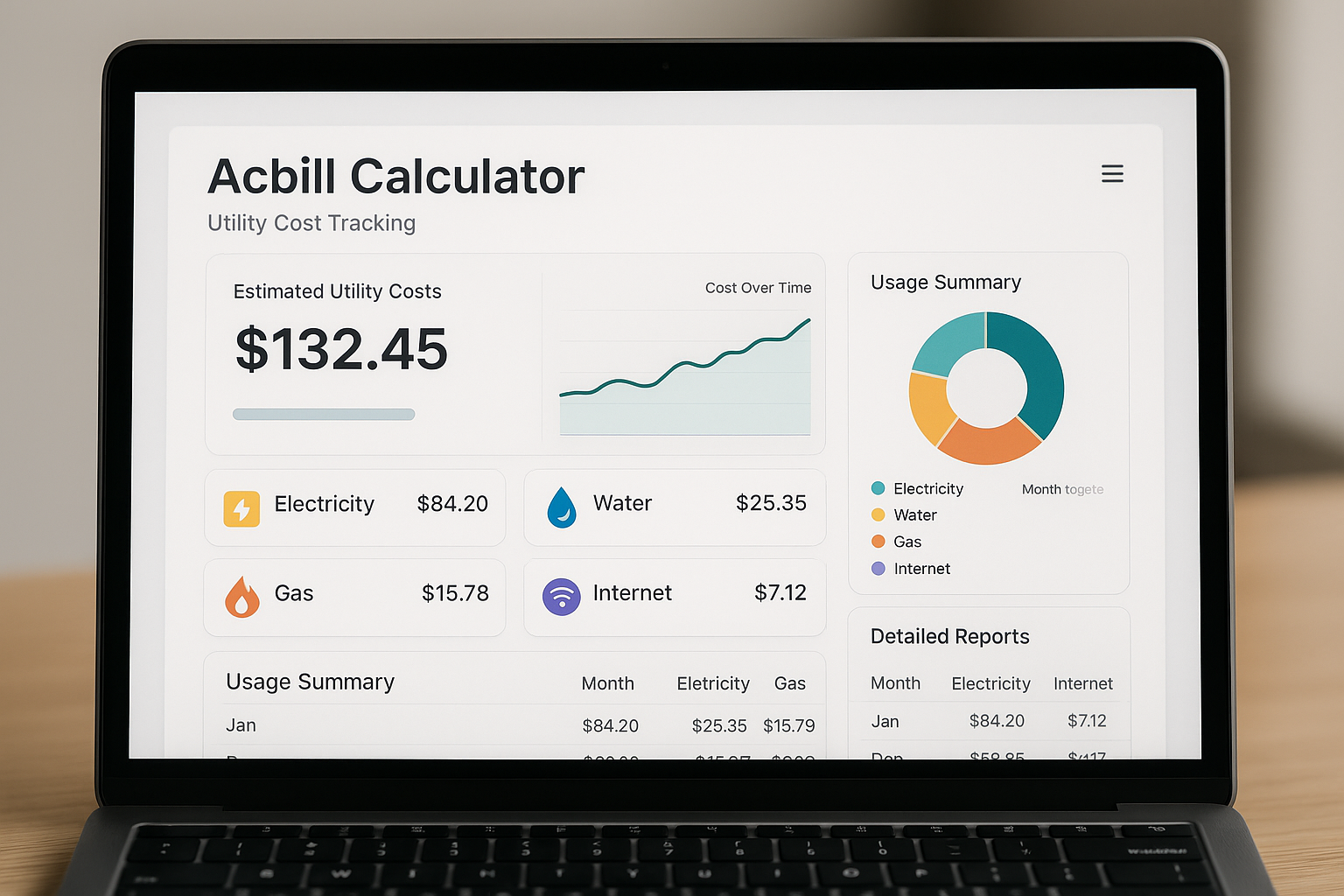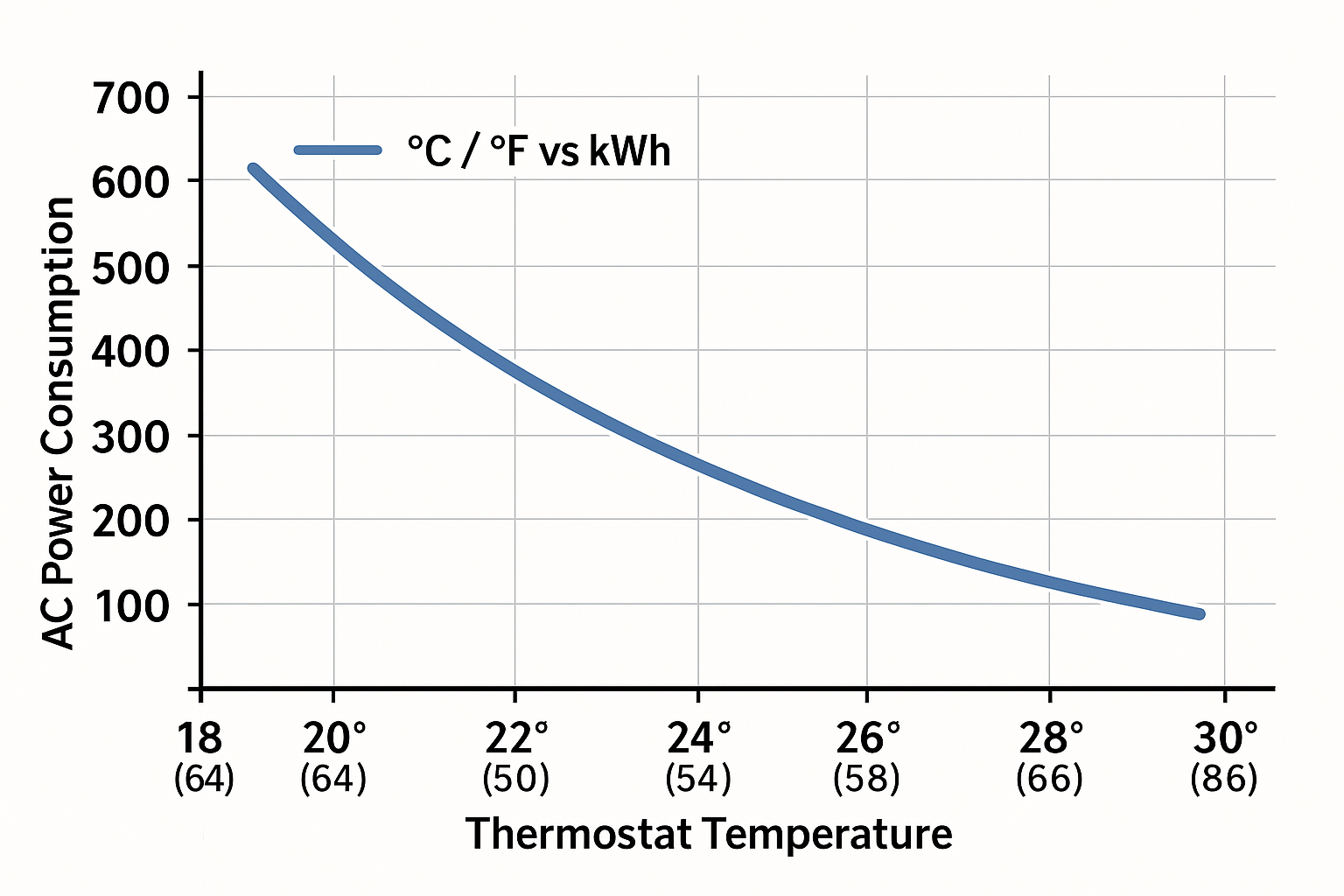
Best Thermostat Setting for Lowest AC Cost: Ultimate Guide to Saving Energy
Best Thermostat Setting for Lowest AC Cost: Ultimate Guide to Saving Energy
It's not just about comfort - it's about finding the most appropriate thermostat setting with the lowest AC costs that will maintain the right level of temperature, energy usage, and electricity bills. Air conditioning consumes a lot of energy in the home, and with that, it's important to gain knowledge on how thermostat adjustments can help save money and keep one cool at the same time.
This article will investigate optimal thermostat temperature settings, °C/°F vs kWh consumption curves, programmable schedules, and advanced energy-saving features that can help reduce your AC expenses without compromising comfort.
Why Thermostat Settings Matter for AC Power Consumption
Your AC system operates around a control center that is the thermostat. Even a difference of 1 degree C (or 2 degrees F) can result in apparent savings on petrol stove monthly bills.
Understanding °C / °F vs kWh Consumption Curve
The lower you choose your thermostat setting, the harder your air conditioner must work. For example:
- It could use 10-15 percent more power when you set your AC to 22C (72F) instead of 24 C (75 F).
- Even at 20 C (68 F) there is a potential to increase consumption by 25%.
This graph shows that even one degree difference can make a difference in computing efficiency of powers.
How Small Adjustments Impact Electricity Bills
It is also stated that the U.S. Department of Energy reports that raising thermostat by 1 o C (2 o F) with 8-hour daily use will save up to 10 percent on cooling costs on admission per annum.
The Ideal Thermostat Temperature for Comfort & Savings
Differing season, climate and lifestyle habits are determinants of the best setting.
Recommended Settings in Summer
- 24°C – 26°C (75°F – 78°F): The comfort-cost sweet spot.
- When you are away: Set it higher to at least 28°C (82°F) to save even more.
Recommended Settings in Winter
- 20°C – 21°C (68°F – 70°F): So warm that it would not be necessary to fuss with the heater.
- While sleeping or away: Lower to 18°C (64°F).
The Balance Between Comfort and Cost
High temperatures put a lot of stress on both your AC system, and your electric costs. Fighting for a middle of the road will make year round comfort on the cheap the best.
Smart Strategies to Reduce AC Energy Consumption
Programmable Schedules and Automation
Programmable thermostat automatically adjusts the temperature by customizing it to your routine.
- Example: It feels cooler at night and functions warm when you are not home and feels the best at peak times.
The Role of Sleep Mode in Saving Energy
Most AC systems have a sleep mode, which turns the system on over time, causing the temperature to rise at night. This reduces electricity consumption and you don't feel hot.
Ceiling Fans & Natural Ventilation
Fans consume 80 percent less energy as compared to AC. Coupling fans with a thermostat setting that is a degree higher can save hundreds of kWh in a year.
Advanced Energy-Saving Features in Modern Thermostats
AI-optimized Smart Thermostats
Smart thermostats such as the Google Nest or the Ecobee get to know your routine and turn lower settings to reduce energy use.
Custom Zoning Systems to Achieve the Desired Comfort
Zoning enables the cooling of separate rooms without a need to spend energy cooling empty rooms.
Real-World Tips to Maximize Savings
- Change/clean filters 1-2 months.
- Plug air leaks by windows and doors.
- Maintenance should be scheduled annually to be as efficient as possible.
Cost-Saving Comparison: °C vs °F Adjustments
Case Study: Energy Bills at 24°C vs 26°C
- At 24°C (75°F): Monthly cost ≈ $ 120
- Cost 26°C (78°F): Monthly – ~ $100
- Savings: $20/month / $20/year.
How Each Degree Impacts AC Cost
Every degree of increase in summer will save nearly 3-5 percent of the energy cost.
FAQs on Thermostat Settings and AC Cost
Q1- The most cost-effective setting of the thermostat in summer is what?
A: The optimum recommendation is 26C (78F) with the optimal usage of savings and comfort.
Q2: is it more or less worth turning off AC than increasing temperature?
A: This is not necessarily the case. The process of restarting off a hot home consumes a lot of energy as compared to slightly raising the setting.
Q3: Is it true that sleep mode is a money saving feature?
A: Yes, as it elevates the temperature during your sleep slowly and minimizes the use of power.
Q4: Can I leave on my AC whole the day?
A: Not, programmable schedules are used so that nothing unnecessary is cooled.
Q5: How is the perfect away-home environment?
A: in summer 28 0 C (82 0 F); in winter 18 0 C (64 0 F).
Q6: Does it pay off to buy a smart thermostat?
A: Yes, they have the capability of reducing your annual AC bills by 10-15 percent.
Conclusion: Finding the Sweet Spot Between Comfort and Cost
In most cases, a thermostat that is set between 24°C -26°C (75°F -78°F) in the summer or 20°C (68°F) in the winter can be the ideal thermostat for the lowest AC prices. With programmable schedules, smart thermostats, and regular maintenance, you can ultimately significantly reduce your AC's energy costs and keep your family at a comfortable temperature.
